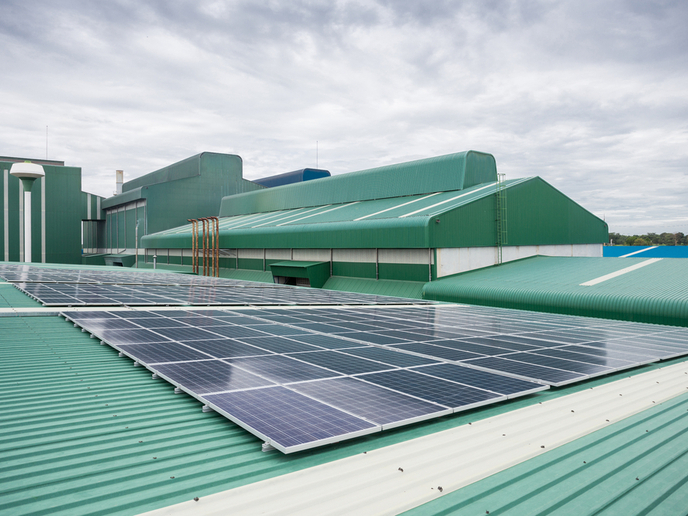Microwave heating cures composites
Mass production of lightweight parts at lower costs is imperative in industries such as the automotive and rail sectors. At the same time, small- and medium-sized enterprises (SMEs) that manufacture components from PMCs are facing increasing competition from low-labour–cost countries. EU-funded scientists are developing microwave heating techniques to decrease processing time and cost while significantly reducing process energy consumption through work on the project 'Novel tooling for composites curing under microwave heating' (MU-TOOL)(opens in new window) . The focus is on the use of a microwave absorber layer on the inner surface of a ceramic tool. Ceramic material is transparent to microwaves, allowing the energy to reach the absorber layer, which converts it into heat without requiring heating of the entire tool. This heat is transferred to the composite part for more efficient processing and a reduction in emissions. Based on machinability and coefficient of thermal expansion (low to minimise distortion with heating), scientists selected cordierite, an alumina-based ceramic, for the tool. The ferrite powder F100b was selected for the absorbing layer. Partners are testing numerous combinations of cordierite and ferrite particles in various solutions and surfactant chemicals, and using freeze casting to form candidate tool samples. Experiments are ongoing to optimise microwave absorption and subsequent temperature distribution together with mechanical properties of the tool. In addition, researchers are investigating the possibility of thermal spraying of ferrites on the ceramic surface. Scientists have successfully modelled the microwave chamber, demonstrating the required uniform electromagnetic radiation in the chamber for successful curing of composite parts. They have chosen an aircraft fuselage part and a handbrake caul for demonstration, and determined tooling requirements for each. MU-TOOL is well on its way to delivering cost-effective and energy-efficient microwave curing technology targeted at composite parts for the transport sector. Decreasing production time and cost will have major impact on the numerous European SMEs producing PMC parts. Decreasing energy consumption will reduce the environmental impact of the processes, a growing concern of the EU, its manufacturers and consumers.







